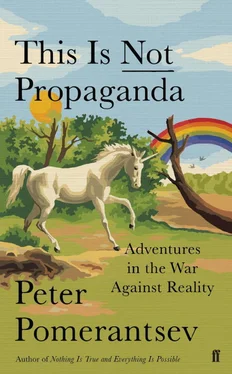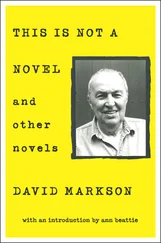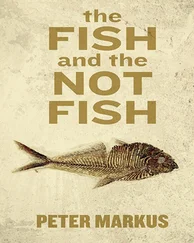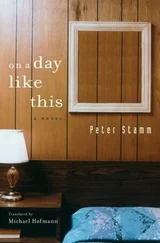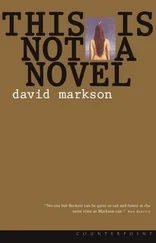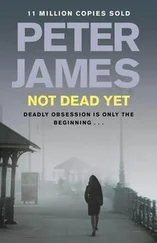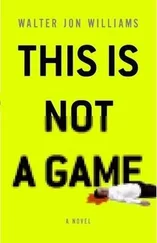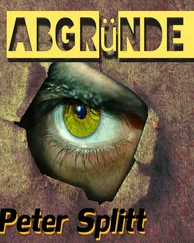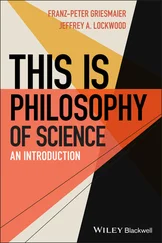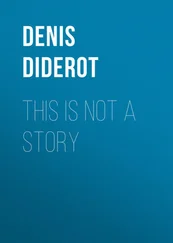First, he created a series of Facebook groups in different cities. They were innocuous enough, just discussion boards of what was on in town. The trick was to put them in the local dialect, of which there are hundreds in the Philippines. After six months, each group had in the region of 100,000 members. Then his administrators would start posting one local crime story per day, every day, to coincide with peak Internet traffic. The crime stories were real enough, but then P’s people would write comments that connected the crime to drugs: ‘They say the killer was a drug dealer,’ or ‘This one was a victim of a pusher.’ After a month they dropped in two stories per day; a month later, three per day.
Drug crime became a hot topic, and Duterte drew ahead in the polls. P says this is when he fell out with the other PR people in the team and quit to join another candidate. This one was running on economic competence rather than fear. P claims he managed to get his rating up by more than five points, but it was too late to turn the tide and Duterte was elected president. Now he sees any number of PR people taking the credit for Duterte, and it riles him.
The trouble with interviewing anyone who works in this world is that they always tend to amplify their impact. It comes with the profession. Did P ‘create’ Duterte? Of course not. There would have been many factors that drove the conversation about drug crime, not least Duterte’s own pronouncements. Nor was busting drug crime Duterte’s only selling point: I have talked to supporters of his who were attracted by the image of a provincial fighting the elites of ‘Imperial Manila’ and the prim Catholic Church establishment. But P’s account of digital influence does echo some academic studies.
In ‘Architects of Networked Disinformation’, Dr Jonathan Corpus Ong of the University of Massachusetts and Dr Jason Cabañes of Leeds University spent twelve months interviewing the protagonists of what Ong called Manila’s ‘disinformation architecture’, which was made use of by every party in the country. [3] Ong, Jonathan Corpus and Jason Vincent A. Cabañes, ‘Architects of Networked Disinformation’, University of Leeds (2018); https://newtontechfordev.com/wp-content/uploads/2018/02/ARCHITECTS-OF-NETWORKED-DISINFORMATION-FULL-REPORT.pdf .
At the top were what he described as the ‘chief architects’ of the system. They came from advertising and PR firms, lived in sleek apartments in the skyscrapers and described their work in an almost mythical way, comparing themselves to characters from the hit HBO fantasy TV series Game of Thrones and video games. ‘It’s game over when you’re found out,’ they would tell Ong. They were proud they had made it to the top of their profession from modest beginnings. ‘The disinformation architect’, concludes Ong, ‘denies responsibility or commitment to the broader public by narrating a personal project of self-empowerment instead.’
Below the architects came the ‘influencers’, online comedians who, in between posting the latest jokes, made fun of opposing politicians for a fee.
Down in the slums of the disinformation architecture were what Ong called the ‘community-level fake account operators’: call centres full of people working twenty-four-hour shifts, paid by the hour, with one person manning dozens of social media personas. They could be either someone who needed a little extra cash (students or nurses, for example) or campaign staff. Ong interviewed one operator, Rina, who had been forced into the work when she joined a mayoral campaign. She had signed on out of idealism and had been at the top of her class at university. Now she was told to create multiple online personalities (girls clad in bikinis worked best), make online friends, promote her candidate and smear the opposition. Rina was ashamed. She felt she sabotaged herself, bringing in only twenty Facebook followers, whereas her colleagues brought in hundreds.
Ong noted that no one, at any level in this business, ever described their activity as ‘trolling’ or producing ‘fake news’. Everyone had their own ‘denial strategies’: the architects stressed it was merely a side hustle to their regular PR work and thus didn’t define them, and anyway they weren’t in charge of the whole political campaign; the community-level operators said someone else was leaving the really nasty, hateful comments. In any case this was the architecture of online influence, which would shift into a more aggressive gear when Duterte came to power.
Duterte had vowed to kill so many drug dealers it would fatten the fish in Manila Bay, and joked that he would sign a pardon to forgive himself. He boasted of having killed someone over a ‘look’, that the lives of drug dealers meant nothing to him. Now vigilante gangs and cops began to shoot anyone suspected of connections to the drug trade. No one knows exactly how many have been killed in the campaign. Human rights organisations estimate 12,000, opposition politicians 20,000, the government 4,200. At one point thirty-three were being killed a day. No one would check if the victims were actually guilty, and there were frequent reports of drugs being planted on the victims after they were dead. Fifty-four children were executed too. The alleys of Manila’s slums filled up with corpses. Men on motorbikes would drive up and just shoot people in the head. The prisons became as crowded as battery chicken farms. A politician who pushed back against the killings, Senator Leila de Lima, suddenly found herself on trial: imprisoned drug lords were giving testimony that she was involved in their business. Online mobs bayed for her arrest. She was locked away pending a trial that never began: a prisoner of conscience, according to Amnesty International. [4] Amnesty International, ‘Detained Duterte Critic Must Be Freed Immediately’ (23 February 2018); https://www.amnesty.org/en/latest/news/2018/02/philippines-detained-duterte-critic-must-be-freed-immediately/ .
When the country’s archbishop condemned the killings, the mobs turned on him. Next it would be the turn of the media: the so-called ‘presstitutes’ who dared to accuse the president of murder.
And the greatest presstitute the regime would target was Maria Ressa, the head of the news website Rappler. This was ironic, as it was Maria and Rappler who had inadvertently helped bring Duterte into power.
#Arrest MariaRessa!
After talking to Maria for a while, I noticed how uncomfortable she felt at being made the subject of the story. She was far too polite to tell me this herself straight away, but I noticed she was always turning our interview away from herself and towards the work of her journalists, the dramas of others. In her career she’s always been the one who covers things: first as the head of the CNN bureaus in South East Asia, then as the head of news at the Philippines’ largest television network, and ultimately as the creator and CEO of Rappler. And now it was not only me interviewing Maria in her office as she tried to swallow a rushed lunch of peanut butter and tinned sardine sandwiches (a Philippine speciality); there was also a documentary crew from the English-language version of the Qatari TV channel Al Jazeera, who were following Maria around to document her battle with Duterte and disinformation.
The Al Jazeera crew asked whether they could film me interviewing Maria, and as they crouched in the corner with their huge cameras I felt increasingly ill at ease. I too am used to being the one who observes and edits, and whenever I become the subject of someone else’s content, I find myself a little too aware of how I can be recut and recreated later. In my own time as a documentary producer I learnt the skill of making contributors feel significant, meaningful, maybe a touch immortal for a moment while I filmed them, knowing that later in the edit I would have the power to shape the material. The final story would be accurate, but there’s oh-so-often a painful gap between a person’s self-perception and the way they are portrayed, between the reality reconstructed in the edit and the one the subject feels is true. That day in Manila I consoled myself that I would be able to reassert narrative control by writing about the Al Jazeera crew in the book you are reading now.
Читать дальше
